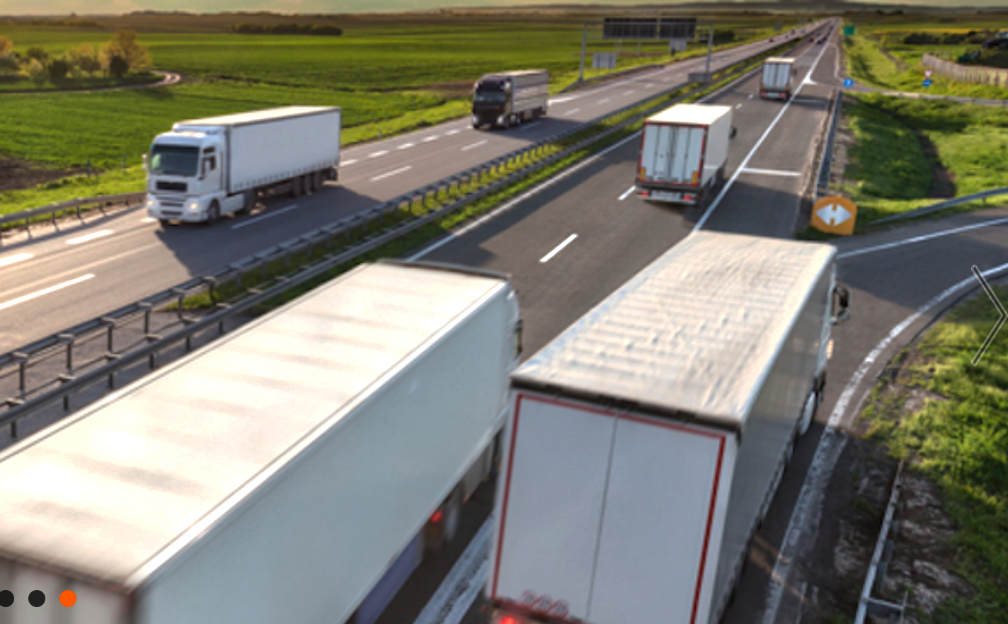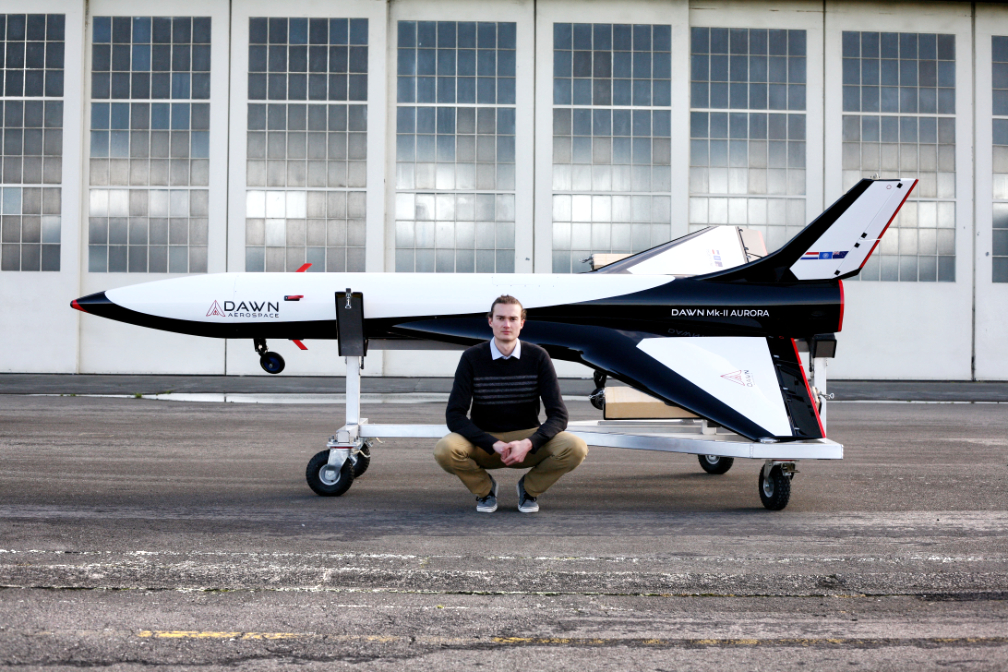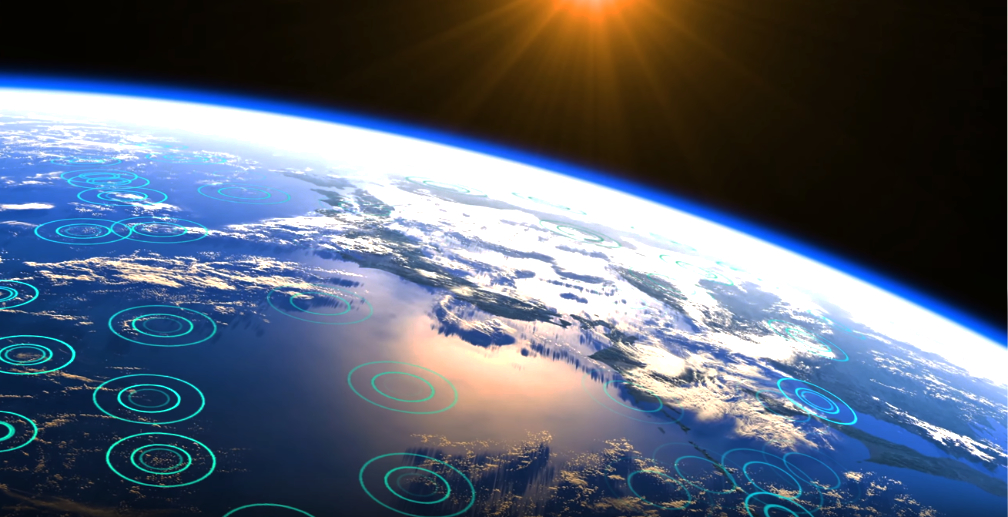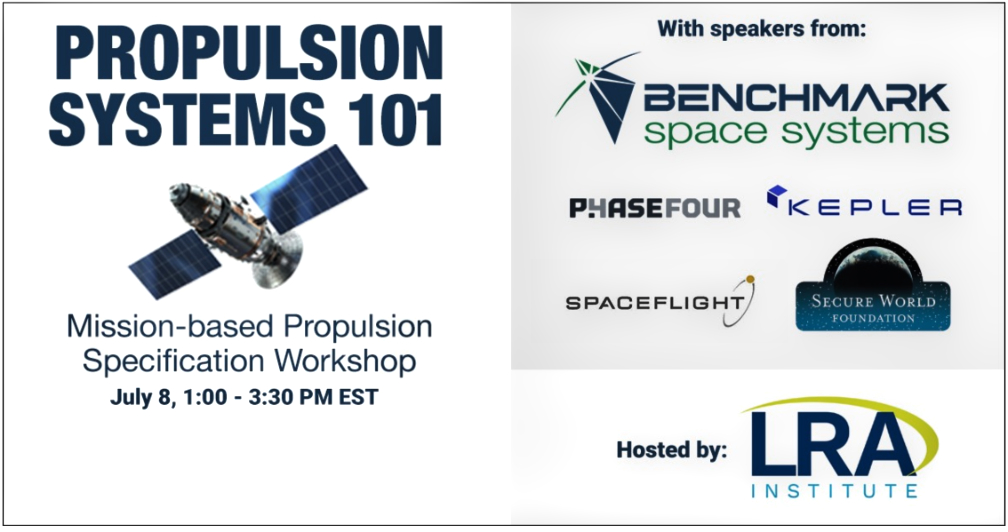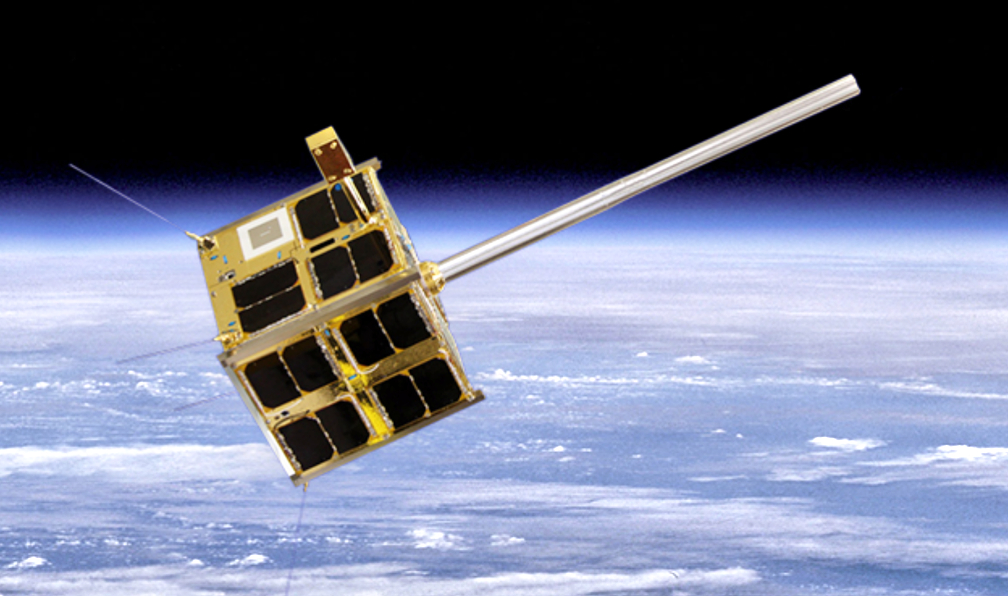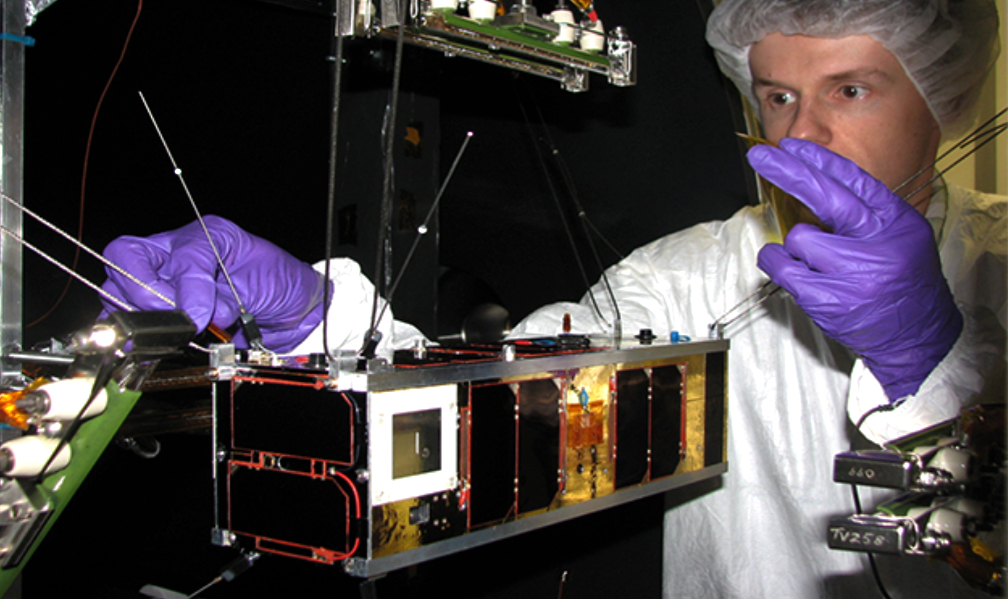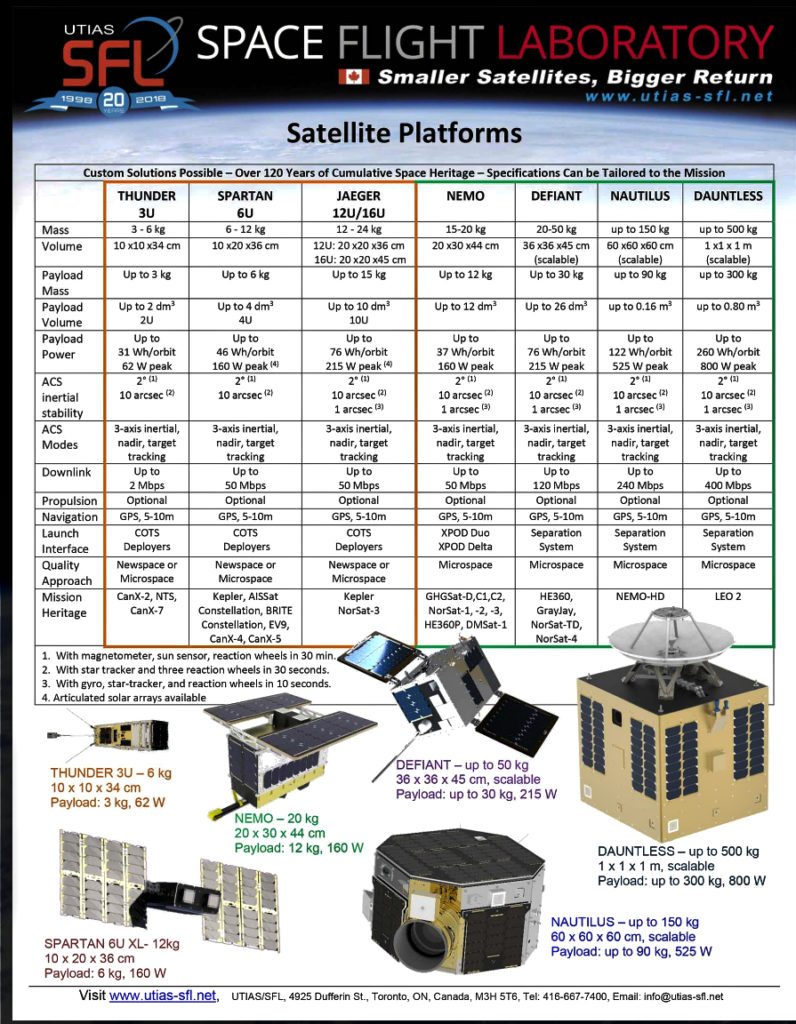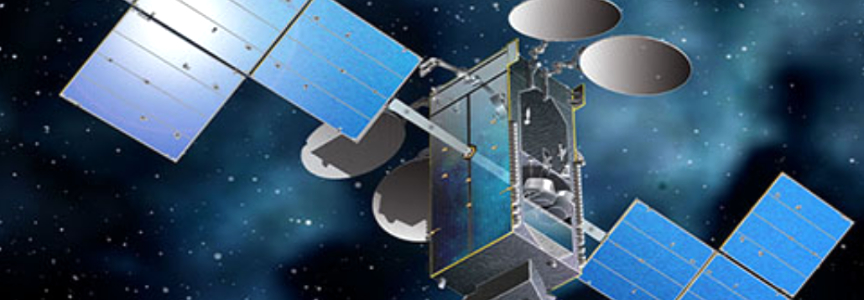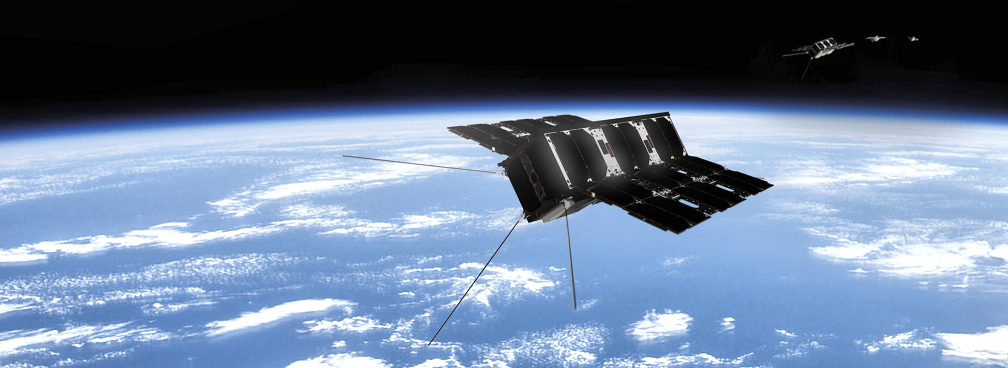
Satellite Applications Catapult‘s official GRAVITY Challenge 02 Launch Event and Challenge Announcement will occur on Monday, August 3, 2020, at 8:00 a.m., BST (British Summer Time) / 5:00 p.m., AEST (Australian Eastern Standard Time).
This interactive virtual event will feature keynote speakers from the global space ecosystem, an announcement of the company’s GRAVITY 02 Challenges and an overview of the 12 week mission the firm’s space innovation teams will embark on — register at at this direct link…
The GRAVITY Challenge is an international technology innovation program that brings together Challenge providers (corporates, government agencies and other businesses) and Innovators (entrepreneurs, RTO’s, universities, start-ups and SMEs) to collaborate and create solutions to some of business and society’s biggest challenge using space data and space capability.
GRAVITY Challenge 02 is an opportunity for bilateral engagement between Australian and the UK Innovators and Challenge providers to gain visibility and access to international end users, customers and collaborators.
In 2020, UK and Australian Innovators will be able to put forward concepts and solutions for development with Australian and UK Challenge providers. Innovators can register as an independent team or in collaboration with other innovators (both Australian and UK) to create new solutions, regardless of geographic location.
